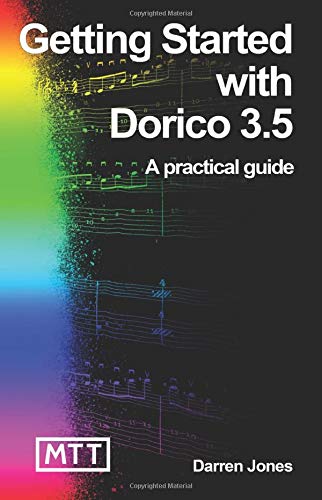
The Academy of Barmy Composers: Baroque
Mark Llewelyn Evans and Karl Davies
Graffeg h/b
This book tells the story of two time-travelling children, Jack and Megan, who find themselves whisked from a 21st-century Welsh village to Florence, Italy in 1597. There they meet Jacopo ‘Golden Locks’ Peri, who proceeds to give them a whistle-stop tour of two centuries or so of operatic history. He introduces them to some of the most famous composers of baroque opera, including Maestro Monte (Monteverdi), ‘Doc’ John Blow, Henry ‘Piggy’ Purcell, Jean-Baptiste ‘Luckless’ Lully and ‘Fantastica’ Francesca Caccini. Although it is categorised as ‘fiction’ by the publisher, the story has an educational remit.
The children learn that opera is ‘where amazing stories are brought to life with beautiful music’; that it includes ‘singing and acting, emotions, scenery, music and instruments, costumes and dancing, and silliness’; and that it was tolerated by Oliver Cromwell when he banned most other forms of entertainment. Along the way, we are provided with a smattering of Italian and French vocabulary (mainly food-related) and some snippets of geographical and historical context. Before sending the kids back to Pontirgorffennol (which means ‘bridge to the past’), Peri begs Jack and Megan to tell everyone in the future world that opera is amazing. He promises that he will return and take them on another operatic adventure … thus setting the scene for future volumes on the Classical, Romantic and Modern eras.
Author Mark Llewellyn Evans is a Guildhall-trained singer who says he was blown away by seeing his first opera at the age of 14 and wanted to introduce the next generation to ‘this incredible art form’. He has written from his experience of taking part in ABC of Opera workshops (see abcofopera.com for further details). The book includes a simple glossary and mini-biographies of both the composers featured in the story and quite a few more, and has been designed to relate to KS2 cross-curriculum topics.
The lavish illustrations are lively and engaging and the concept of presenting operatic history in ‘Horrible Histories’ style is a great one. However, the text could have done with a bit more scene-setting to establish Jack and Megan in their 21st-century environment, and it includes several rather clunky rhymes. It might have also been helpful to include a larger number of references to actual pieces of music, in order to help parents/carers/teachers create their own listening lists, which would bring the music they are reading about to life.
Clare Stevens
Getting Started with Dorico 3.5 - A Practical Guide


Darren Jones
musictechtuition.com
A fully featured notation program like Dorico 3.5 is a very sophisticated product, and may be daunting for new learners. The Dorico team has put together numerous helpful short videos on its dedicated YouTube channel. There is also the complete written manual available (not yet totally up to date), which runs to some 1,200 pages. However, Getting Started with Dorico 3.5 – A Practical Guide is a slim, 200-page volume written by certified Steinberg trainer Darren Jones and designed for people who like to work through projects in a written form.
Dorico's five work modes are each carefully explained. ‘Set Up’ explains how to create instruments, players, flows and layouts; while ‘Write’ is the essential area where you enter the actual notation. The ‘Engrave’ mode is for fine-tuning the layout of your work ready for presentation. ‘Play’ explains where you can alter the audio interpretation of your work and finally the ‘Print’ mode is for outputting the score to a printer.
Next, the book supplies a useful tour of the program's interface, explaining the panels layout as well as methods of navigating your way around the score. Note input methods are discussed, with the advantage of using a MIDI keyboard rather than the mouse neatly explained. Then, each of the five modes previously outlined are explored in much more detail and, at these points, it is often very useful simply to replicate the steps using your own program to help understand the techniques as they are outlined.
I was extremely impressed by the clarity and detail on offer in this book, and I feel certain that using this, in conjunction with the Steinberg videos, would very quickly bring anyone up to speed in operating the main functions of Dorico 3.5. Thoroughly recommended.
Tony Cliff








